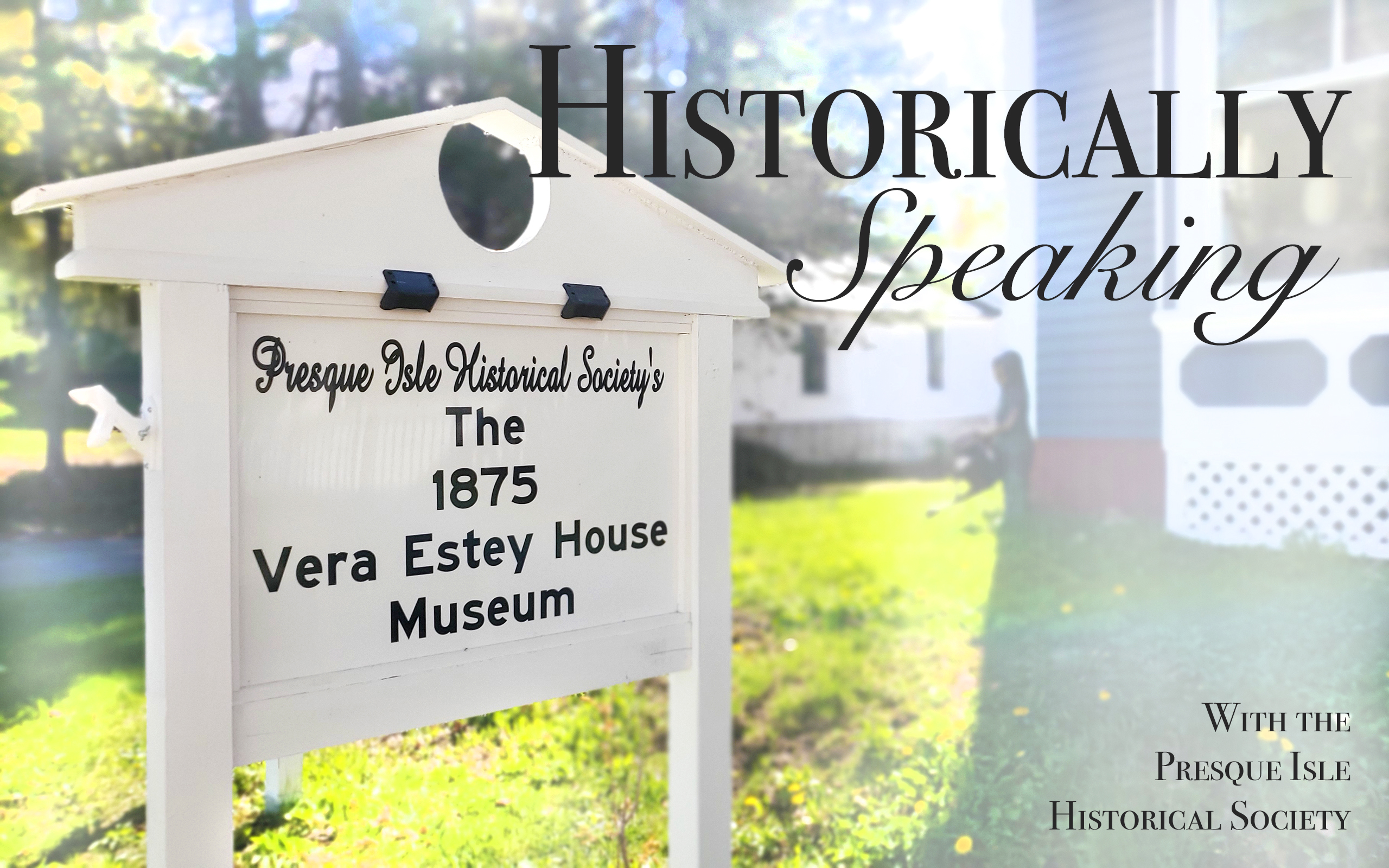In 1953, Fred (aged 36) and Opal Johnson saw a blind horse standing in a friend’s stable. Since the fate of the horse would probably have been euthanasia, the couple decided to buy the horse for $75 as a humanitarian gesture.
Fred felt an affinity for the horse as he had been blinded in his left eye at the age of 8 when a dynamite cap exploded in his face. The explosion also caused him the loss of three fingers.
When the Johnsons first saw the 2-year old horse, he stamped and chewed at his stall, wanting action. Fred tried putting a “lounge rope” on the horse to allow him to run, but the horse refused to move unless he was being led. Johnson decided to try to hitch him to a sulky. During the winter of 1953 and 1954, it was a familiar sight to see the two of them wandering around the back roads. The thought was that if the horse could rack up some kind of record, he would merit retirement to stud.
After weeks of training, the horse suddenly became afraid and erratic. The further they went, the worse he became. He seemed to have forgotten everything he had learned. Fred temporarily lost his temper and flicked the horse with the whip. The horse immediately took off at a sprint, but from that point forward he never caused any trouble.
In his first season racing, Flying Fingo, or “Finny” as he was affectionately known, was in the money 22 out of 28 starts with five wins. The team was never involved in an accident, although it did take a while before other owners got over their nervousness about entering their horses against a potentially unpredictable blind horse and his almost blind driver. 1955 was a tougher year, but the pair still posted three victories and were in the money nine times in 16 outings.
Finny wore regulation equipment such as hobbles and knee boots and an open bridle. There was one special accommodation for his lack of eyesight: a pair of yellow plastic goggles to keep dirt from flying into his eyes. It was discovered early on that the colt did not like getting dirt in his eyes and, unlike the other horses, he couldn’t tell when to close his eyes to avoid it.
In 1955, the duo received quite a bit of publicity, being written up in Ripley’s Believe It or Not; the August 21 Portland Sunday Telegram for their first place win at the Northern Maine Fair on Aug. 9 in the seventh race; by the Troy, New York, Times Record on Oct. 26; and in the Decatur, Illinois, Daily Review on Nov. 29.
The Record reported that the “State of Maine has produced one of the most unique combinations in the sports world with a harness racing pair of driver and horse who have only one eye between them.” The Review stated that “a one-eyed jockey drives, trains and guides the blind speedster through a field of racing side-wheelers.“ It went on to report that Johnson was haunted by the thought that the horse might accidentally get out on the track alone and injure himself or others.
Finny was at the bit all the time and would have run away at the first opportunity. Fred always said that his arms were very sore after each race from holding him back. So no other driver would even attempt to sit behind the horse, but the bond between these two was very special and so strong that neither had any fear as long as they were together.
Fred passed away in 1993, while the final fate of Finny is not widely known. However, the pair made quite an impression on the local harness circuit with memorial races held in Fingo’s name.
Kimberly R. Smith is the secretary/treasurer of the Presque Isle Historical Society.








